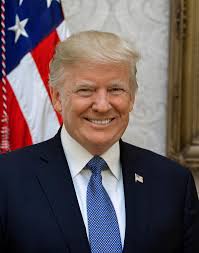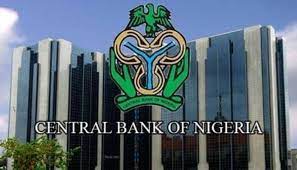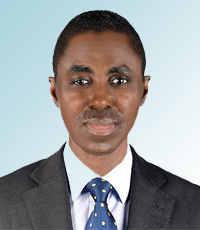
Washington, Oct. 8, 2025 – When recent data showed the US economy grew by the fastest pace in nearly two years, the White House released a statement hailing the “Trump economy’s explosive growth,” which proved “so called ‘experts’” wrong.
The numbers showed gross domestic product increased at a revised 3.8% annualized pace during the second quarter which, the White House said, was just the beginning of a new economic resurgence.
Yet that bullish tone was in stark contrast to a message delivered only hours earlier, before the data was released, by President Donald Trump’s most recent appointee to the Federal Reserve’s Board of Governors, Stephen Miran.
He used two television interviews to call for rapid and steep interest-rate cuts in order to cushion a vulnerable economy.
“I would rather act pro-actively and lower rates,” Miran told Bloomberg Surveillance, “rather than wait for some giant catastrophe to occur.”
The split-screen views were just the latest example of the mixed messaging from the Trump administration.
The president’s team says the economy is surging even as it piles pressure on the Fed to slash borrowing costs — during a period when inflation remains above the central bank’s 2% target.
“There’s a deep tension in President Trump’s message that the economy is booming, but that we simultaneously need multiple points of rate cuts,” said Tobin Marcus, head of US policy and politics at Wolfe Research.
As Trump seeks to re-mold the central bank with officials who share his view on the economy, how far the administration is willing to push the apparent contradiction may prove critical for the depth, pace and timing of any Fed cuts.
In addition to installing Miran at the Fed in September, Trump is considering candidates to take over as Fed chair next year when incumbent Jerome Powell’s term comes to an end. He’s also moved to fire another governor, Lisa Cook.
The Supreme Court this week allowed Cook to remain in her post for now, and scheduled oral arguments in the case for January. If Trump ultimately prevails, he’ll be free to appoint a replacement.
Stuck in the Middle
Stuck in the middle is Powell, who has warned there is no risk-free path ahead given the clear signs of a softening labor market, but also signals that inflation is set to remain elevated.
The central bank’s rate-setting Federal Open Market Committee voted on Sept. 17 to cut the target range for the federal funds rate by a quarter percentage point to 4%-4.25%, after holding rates steady for five straight meetings this year. In their median projection for rates, officials also penciled in two more quarter-point reductions this year.
Miran, who voted for a larger half-point cut, used a speech on Sept. 22 to argue that the neutral rate of interest — where the policy rate neither stimulates nor weighs on the economy — has been pushed lower this year by tariffs, immigration restrictions and tax policy, meaning the economy has room for lower borrowing costs. That, he said, justified his call for sharp reductions.
“The cuts the administration and Miran are calling for would, per their argument, not be a reaction to weak data, but simply be in order to right-size the degree of Fed restrictiveness on the back of a falling neutral rate due to Trump’s policies this year,” said David Seif, chief economist for developed markets at Nomura.
To be clear, there’s no shortage of divergent views on where the economy is headed.
Powell has described the labor market as “curious” and the September rate cut as “risk management.” BlackRock Inc. executive Rick Rieder, who is in the running to replace him as Fed chair, summed it up on Bloomberg Television on Sept. 5, saying the economy was “actually doing well” despite a soft job market.
Marking Weaknesses
Yet a booming stock market — and the strength of a few sectors such as artificial intelligence and data-center construction — may be masking broader weakness. Even robust retail spending has been driven largely by higher-income consumers.
B.J. Werzyn, who runs home remodeling business West Shore Home in Mechanicsburg, Pennsylvania, is seeing that dichotomy play out. He said demand remains solid for his windows, doors and new bathrooms — but not from everyone.
“The upper income are still spending, still doing the projects, and I think middle to lower income are probably delaying those projects to a later date,” he said.
Meantime, Werzyn said he can now fill open positions after struggling to find workers in recent years. “The labor market is much, much easier to navigate for us than it was in 2022 and 2023,” he said.
The coming months could dictate which side of the debate prevails: a booming economy that needs restrictive levels of interest rates, or one in need of much looser monetary policy.
“This is the divide between the doves and the hawks,” said Eurizon SLJ Capital Chief Executive Officer Stephen Jen.
(Bloomberg)




